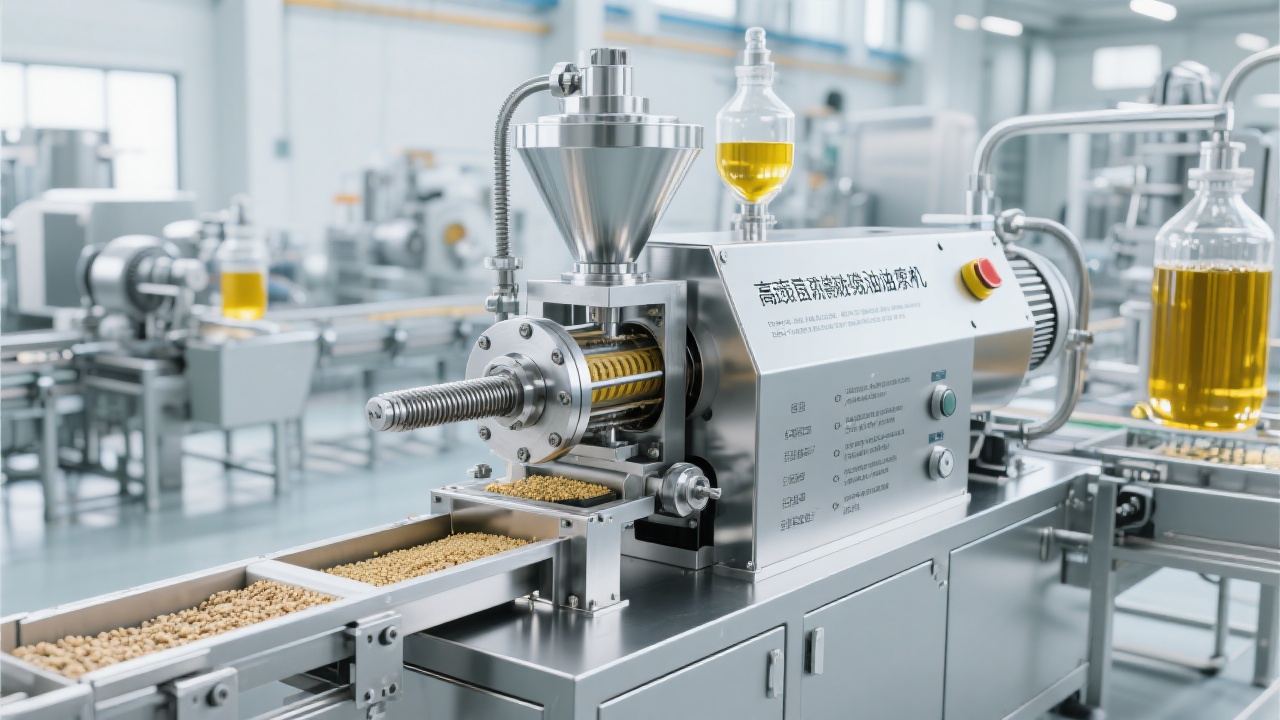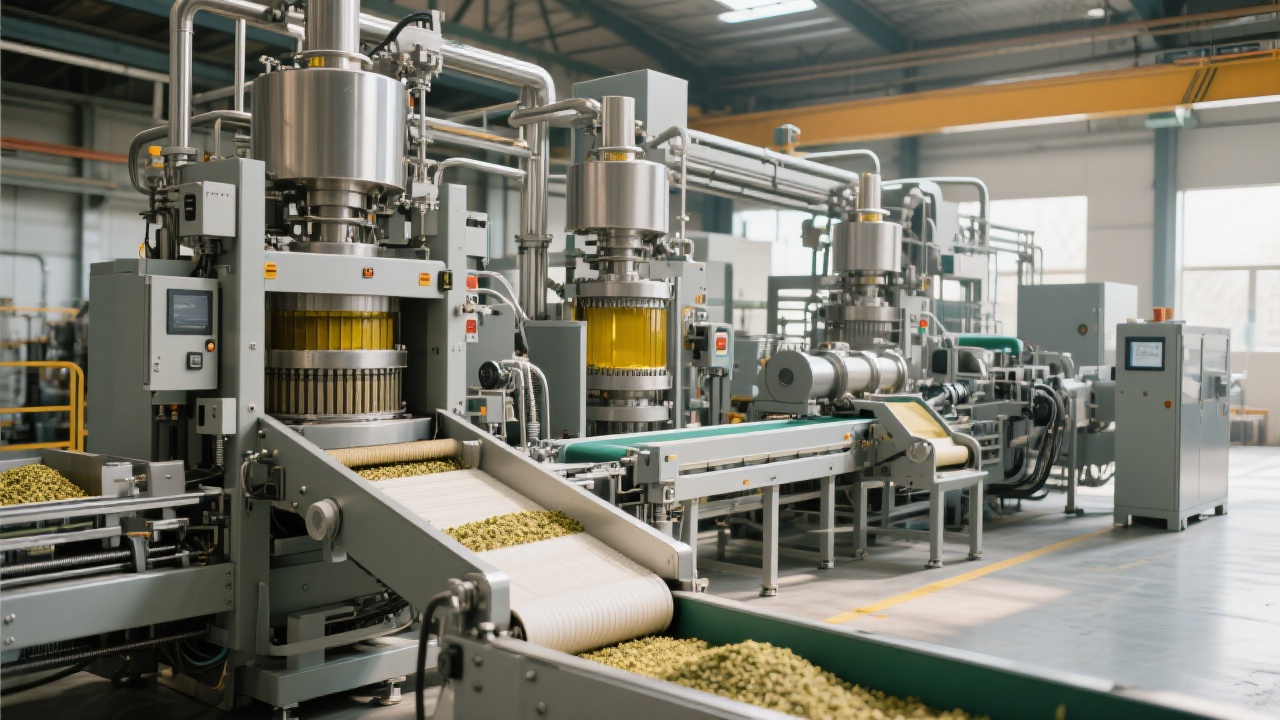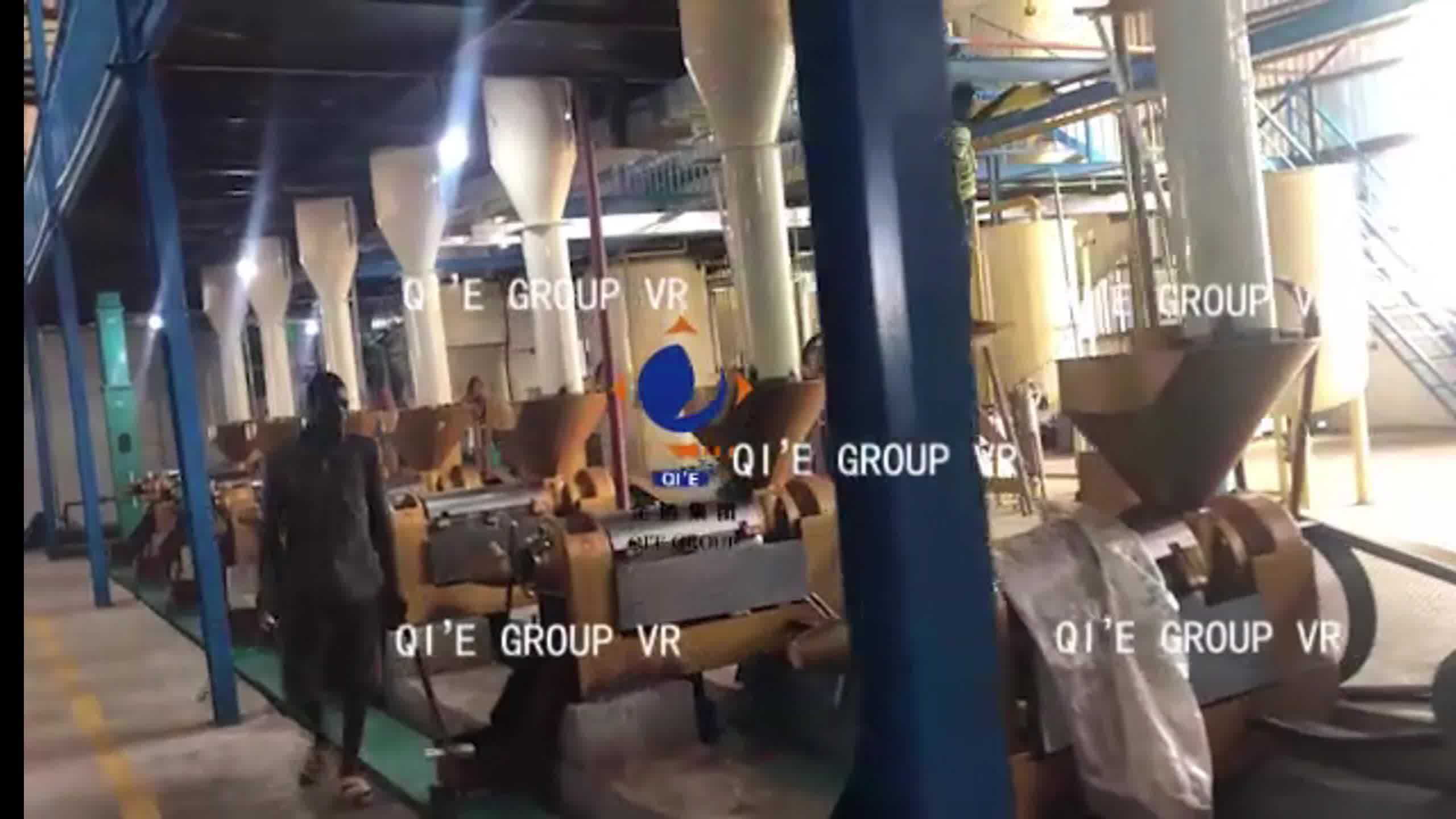
In the competitive world of peanut oil production, fine-tuning your hydraulic pre-press parameters according to the unique physical traits of different peanut varieties is essential to maximizing oil yield and quality. Whether you handle large red-skinned peanuts or smaller white varieties, precision in compression settings leads to more efficient, energy-saving extraction processes with consistently superior oil standards.
Hydraulic pre-pressing serves as a pivotal stage in peanut oil extraction, where raw peanuts are subjected to controlled pressure before the final pressing phase. This step influences cell rupture and oil discharge rate, directly impacting oil clarity, flavor, and extraction efficiency. Adjusting hydraulic pressure optimally reduces wasted energy and enhances overall process throughput.
Different peanut types inherently exhibit varied hardness, oil content, and moisture levels, necessitating customized pre-press pressures:
| Peanut Variety | Typical Kernel Size | Moisture Content (%) | Recommended Pre-Press Pressure (MPa) |
|---|---|---|---|
| Large Red Skin | 6–8 mm | 6.0–8.5 | 5.5 – 6.0 |
| Small White Skin | 4–5 mm | 5.5–7.5 | 4.5 – 5.0 |
| Medium Mixed Types | 5–6 mm | 6.0–7.0 | 5.0 – 5.5 |
Tailoring your pre-press pressure avoids excessive kernel crushing or insufficient oil release. Industry data suggests that adjusting pre-press pressure by increments of 0.5 MPa can enhance oil yield by approximately 3%, and simultaneously improve oil clarity.
Modern peanut oil extraction facilities equip hydraulic presses with PLC (Programmable Logic Controller) systems enabling real-time pressure modulation. By integrating sensors for temperature and moisture content, you can dynamically adjust pre-press settings to adapt to raw material variability, ensuring consistent extraction quality and energy efficiency.
For example, when moisture content exceeds 7%, lowering pre-press pressure by about 0.3 MPa prevents excessive fiber compaction that reduces throughput. Conversely, drier peanuts benefit from slightly higher pressure for optimal cell rupture.

Consider a medium-scale peanut oil producer in the southeastern US who adapted pre-press pressure for different peanut shipments:
These optimized settings also minimized equipment wear and reduced downtime, showing clear benefits beyond yield metrics.

To guarantee stable premium output, incorporate these best practices into your standard operating procedures:
Master these 3 pre-press adjustment techniques and you can reduce unit energy consumption by 15% while producing oil with improved clarity and flavor.

Ready to elevate your peanut oil production with precision hydraulic pre-press control? Discover Proven Pre-Press Solutions That Boost Your Yield & Cut Costs

